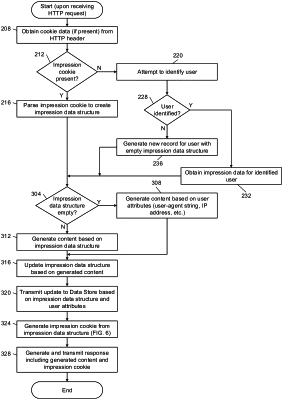| CPC B65D 81/268 (2013.01) [B32B 1/00 (2013.01); B32B 7/12 (2013.01); B32B 27/08 (2013.01); B32B 27/20 (2013.01); B32B 27/304 (2013.01); B32B 27/306 (2013.01); B32B 27/32 (2013.01); B65B 11/52 (2013.01); B65B 25/062 (2013.01); B65B 25/067 (2013.01); B65B 31/024 (2013.01); B65B 51/225 (2013.01); B65D 65/40 (2013.01); B65D 77/04 (2013.01); G06Q 30/02 (2013.01); G06Q 30/0251 (2013.01); G06Q 30/0255 (2013.01); H04L 67/02 (2013.01); B32B 2250/03 (2013.01); B32B 2250/05 (2013.01); B32B 2250/24 (2013.01); B32B 2264/1021 (2020.08); B32B 2270/00 (2013.01); B32B 2307/31 (2013.01); B32B 2307/724 (2013.01); B32B 2307/7244 (2013.01); B32B 2307/736 (2013.01); B32B 2439/70 (2013.01); B65B 2220/16 (2013.01); B65D 2565/387 (2013.01); B65D 2565/388 (2013.01); B65D 2577/043 (2013.01)] | 20 Claims |

|
1. A computer server comprising:
a memory storing computer readable instructions; and
processing circuitry configured to execute the computer readable instructions to cause the computer server to,
parse a received hypertext transfer protocol (HTTP) request from a user agent to identify whether an impression cookie is present,
generate a new impression based on the HTTP request,
in response to the impression cookie being absent and a user of the user agent not being identifiable,
generate a new record for the user in an impression data structure,
generate content based on attributes associated with the user,
update the impression data structure based on the generated content,
determine a set of serialized impressions based on the generated content, and
generate a new impression cookie based on serializing the new impression and the set of serialized impressions, and
transmit a HTTP response to the user agent, wherein the HTTP response includes the new impression cookie.
|